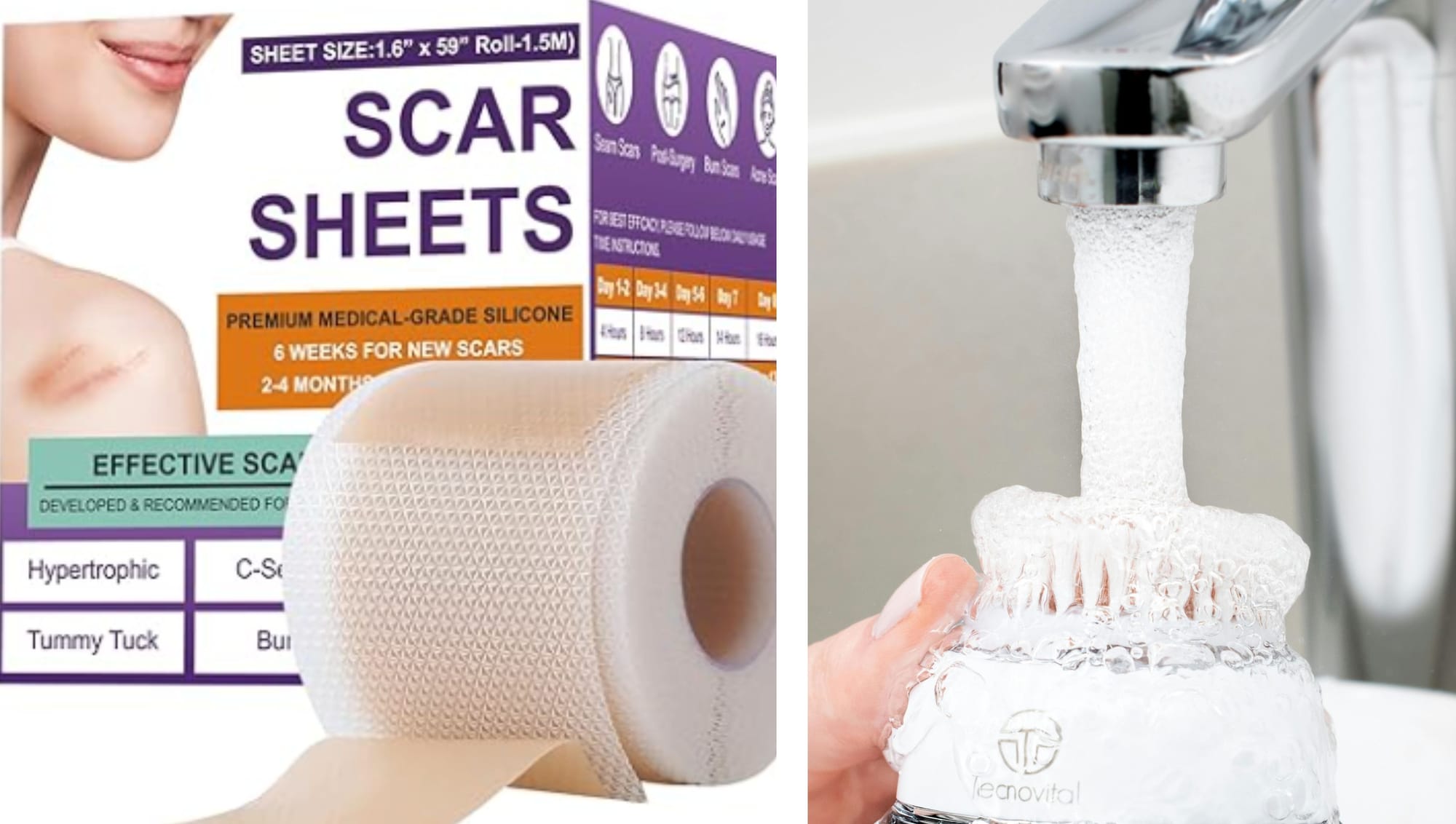Is Silicone Scar Tape Washable and Reusable? An In-Depth Guide
Silicone scar tape is washable and reusable, making it a long-lasting solution for scar care.

Key Takeaways:
- Silicone scar tape is both washable and reusable, making it a cost-effective solution for scar management.
- Proper care and maintenance can significantly extend the lifespan of silicone scar tape.
- Understanding the benefits and limitations of silicone scar tape can help users maximize its effectiveness.
Understanding Silicone Scar Tape
Silicone scar tape has become a popular choice for those looking to manage scars effectively. This innovative product is designed to improve the appearance of scars by providing a protective barrier that hydrates and softens the skin. But the question on many minds is whether this tape is washable and reusable. The answer is a resounding yes! Silicone scar tape is crafted to be both washable and reusable, making it a practical and economical option for long-term scar treatment.
The magic behind silicone scar tape lies in its unique composition. Made from medical-grade silicone, this tape adheres gently to the skin, creating an optimal healing environment. Its reusability is one of its standout features, allowing users to apply it multiple times without losing its effectiveness. This not only saves money but also ensures consistent treatment, which is crucial for scar improvement.
How to Wash Silicone Scar Tape
Washing silicone scar tape is a straightforward process, but it requires a gentle touch to maintain its adhesive properties. Start by removing the tape from your skin and rinsing it under lukewarm water. Avoid using hot water as it can degrade the silicone material. Gently rub the tape with your fingers to remove any debris or skin oils that may have accumulated.
Once clean, lay the tape flat on a clean surface to air dry. It's important not to use towels or tissues to dry the tape, as fibers can stick to the adhesive side, reducing its effectiveness. By following these simple steps, you can ensure that your silicone scar tape remains in top condition for repeated use.
Reusing Silicone Scar Tape: Tips and Tricks
Reusing silicone scar tape is not only possible but also recommended to get the most out of your purchase. To maximize its lifespan, store the tape in a cool, dry place when not in use. This prevents the adhesive from drying out and losing its stickiness. Additionally, always handle the tape with clean hands to avoid transferring oils and dirt onto the adhesive surface.
Another tip is to rotate between two pieces of tape. While one piece is drying after washing, you can use the other. This ensures continuous treatment without interruption. By taking these precautions, you can extend the usability of your silicone scar tape significantly.
Benefits of Silicone Scar Tape
Silicone scar tape offers numerous benefits that make it a preferred choice for scar management. Firstly, it provides a non-invasive treatment option that is easy to apply and remove. Unlike creams or gels, the tape stays in place, delivering consistent pressure and hydration to the scar area.
Moreover, silicone scar tape is suitable for all skin types, including sensitive skin. Its hypoallergenic properties minimize the risk of irritation, making it a safe option for prolonged use. These benefits, combined with its washability and reusability, make silicone scar tape a versatile tool in the fight against scars.
Limitations of Silicone Scar Tape
While silicone scar tape is highly effective, it's not a miracle cure. It's important to set realistic expectations when using this product. The tape works best on newer scars and may take several weeks to show noticeable results. Patience and consistency are key to achieving the desired outcome.
Additionally, silicone scar tape may not adhere well to areas with excessive movement or moisture, such as joints or sweaty regions. In such cases, alternative scar management methods might be more suitable. Understanding these limitations can help users make informed decisions about their scar treatment options.
Case Studies: Real-Life Experiences
Many individuals have shared their success stories with silicone scar tape, highlighting its effectiveness in reducing scar visibility. For instance, Sarah, a 32-year-old mother, used silicone scar tape after her C-section. She noticed a significant improvement in the texture and color of her scar after just a few weeks of consistent use.
Similarly, John, a 45-year-old athlete, applied silicone scar tape to a surgical scar on his knee. Despite his active lifestyle, he found the tape stayed in place and helped flatten the scar over time. These real-life examples demonstrate the potential of silicone scar tape to transform the appearance of scars.
Comparing Silicone Scar Tape to Other Treatments
When it comes to scar management, silicone scar tape stands out for its convenience and effectiveness. Unlike topical creams, which can be messy and require frequent application, the tape provides continuous treatment without the need for reapplication throughout the day.
Laser treatments and surgical options, while effective, can be costly and invasive. Silicone scar tape offers a non-invasive alternative that is both affordable and easy to use. By comparing these options, users can determine the best approach for their specific needs and preferences.
Common Misconceptions About Silicone Scar Tape
There are several misconceptions surrounding silicone scar tape that can lead to confusion. One common myth is that the tape can only be used on fresh scars. In reality, silicone scar tape can be effective on both new and old scars, although results may vary depending on the age and severity of the scar.
Another misconception is that silicone scar tape is a one-size-fits-all solution. While it is versatile, it's important to choose the right size and shape for your specific scar. Customizing the tape to fit the scar area ensures optimal coverage and effectiveness.
Expert Opinions on Silicone Scar Tape
Dermatologists and medical professionals often recommend silicone scar tape as part of a comprehensive scar management plan. Dr. Emily Roberts, a renowned dermatologist, emphasizes the importance of consistency when using silicone scar tape. "Regular use is crucial for achieving the best results," she advises. "It's not just about applying the tape; it's about maintaining a routine."
Experts also highlight the importance of following the manufacturer's instructions for washing and reusing the tape. Proper care can significantly enhance the tape's longevity and effectiveness, making it a valuable tool in scar treatment.
Maximizing the Effectiveness of Silicone Scar Tape
To get the most out of silicone scar tape, it's essential to incorporate it into a holistic scar management routine. This includes maintaining a healthy diet, staying hydrated, and protecting the scar from sun exposure. These lifestyle factors can complement the effects of the tape and promote faster healing.
Additionally, consider using silicone scar tape in conjunction with other treatments, such as silicone gels or sheets, for enhanced results. By combining different methods, you can create a comprehensive approach to scar management that addresses all aspects of healing.
Summary
Silicone scar tape is a versatile and effective tool for managing scars. Its washability and reusability make it a cost-effective option for long-term treatment. By understanding how to care for and use silicone scar tape, individuals can maximize its benefits and improve the appearance of their scars.
Whether you're dealing with a fresh surgical scar or an older injury, silicone scar tape offers a practical solution that fits seamlessly into any scar management routine. Click the button below to see which silicone scar tape that we have selected for you to try.

